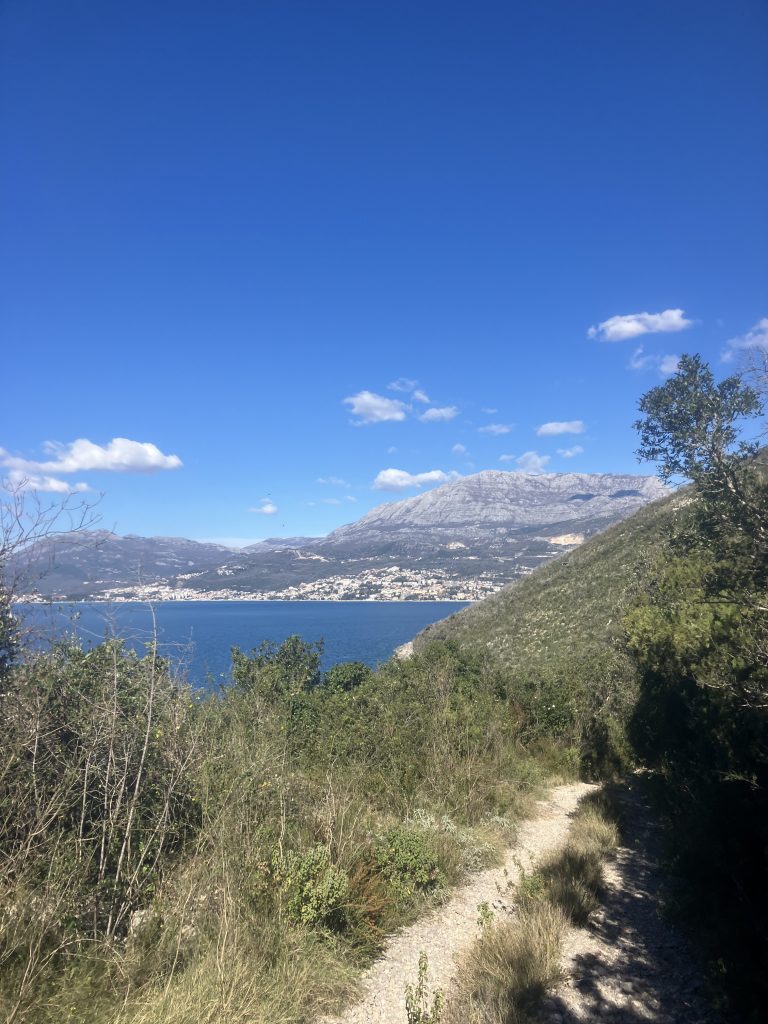
One of the liveaboards here in the marina, Tim, has been in Montenegro for over a decade, is an amazing amateur historian, and organizes hikes for the group when the weather cooperates. The first one we joined him on was a trip back in time.
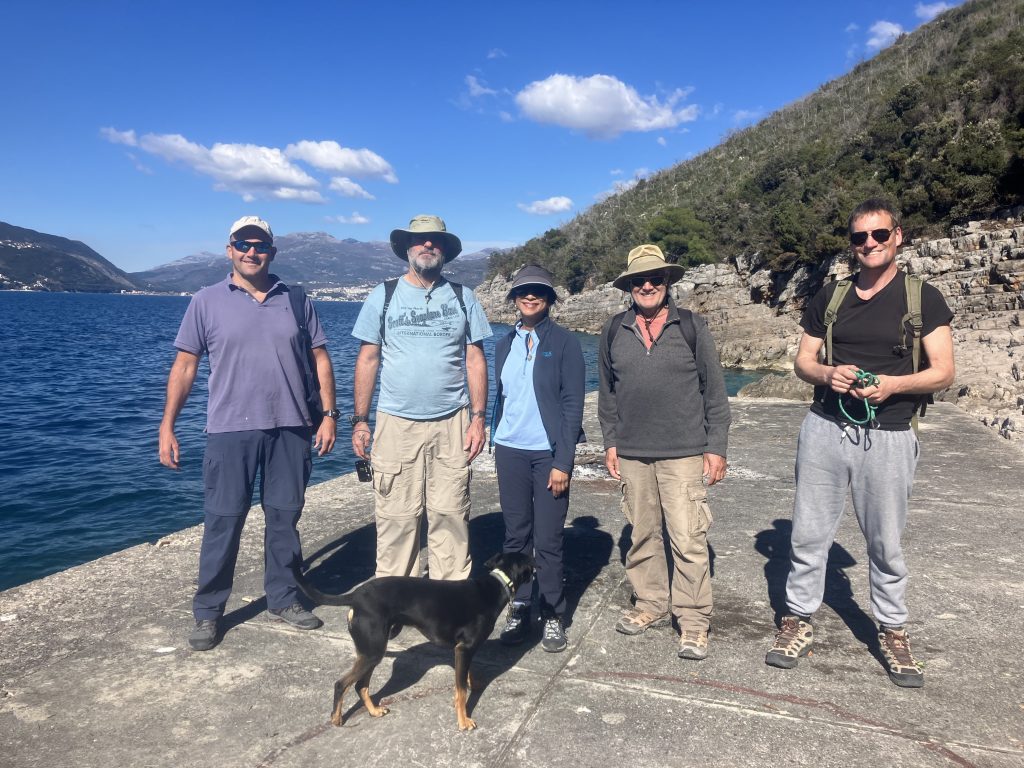
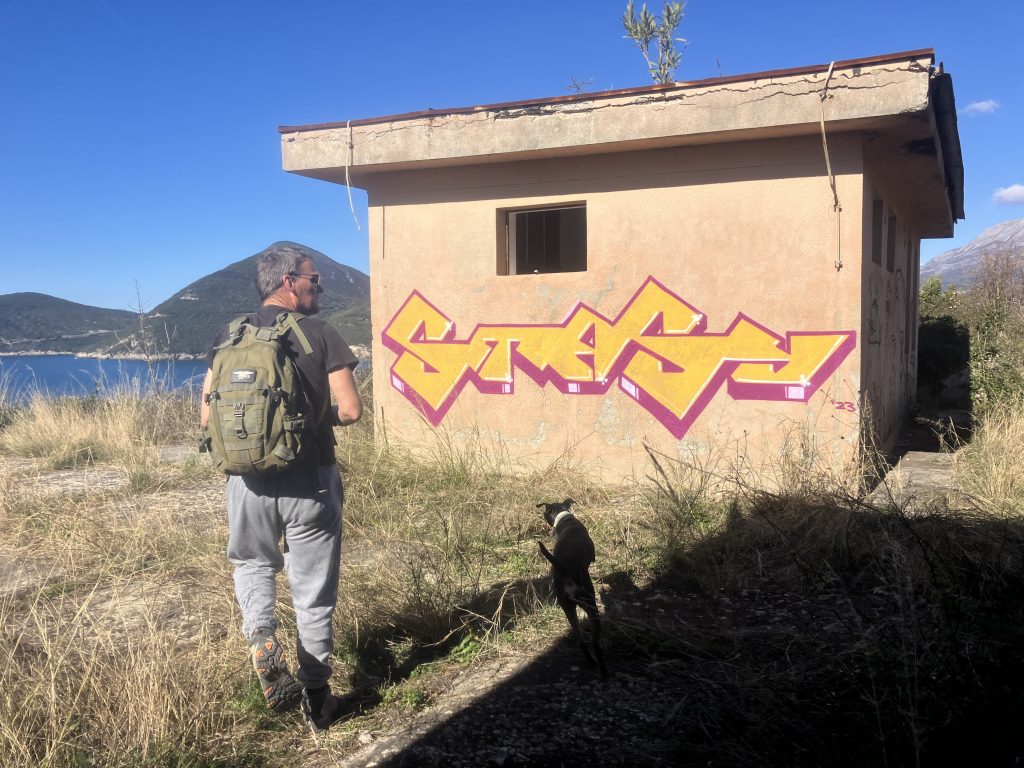
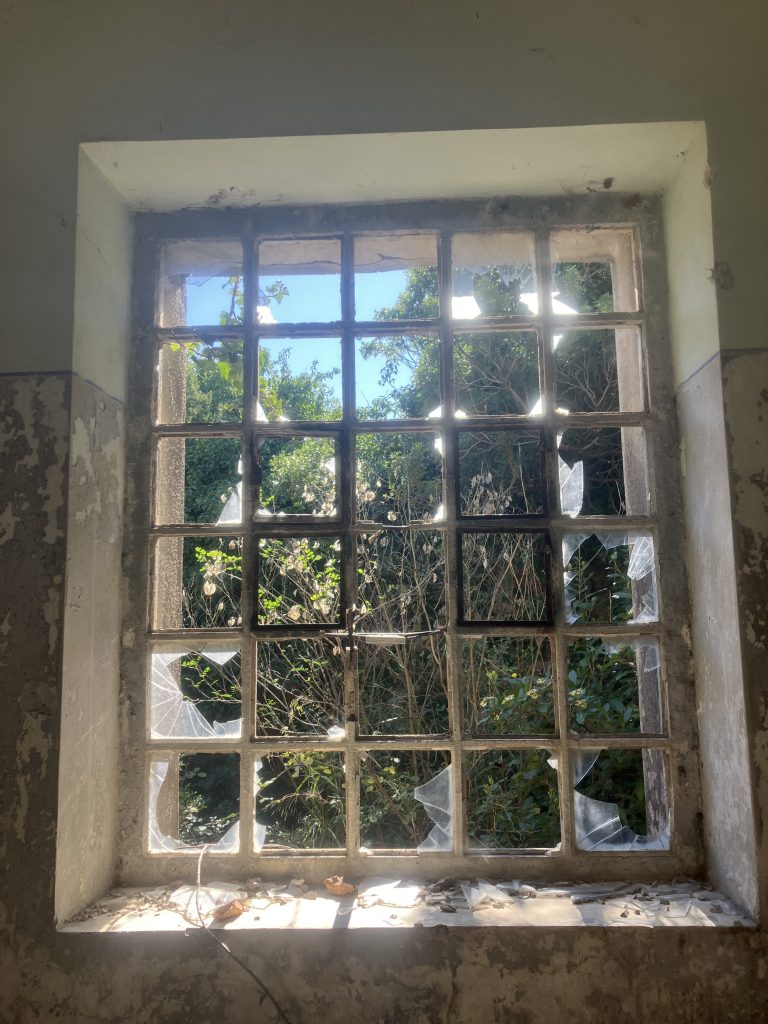
Montengro as we know it, was carved into multiple regions that passed through many hands over the centuries. Boka Bay and the coastline (pretty much up to the ridge of mountains) was ruled by Venice for a few hundred years, before being ceded to Austria in 1815 via the Congress of Vienna. During the Austro Hungarian rule (1815-1918), over 100 fortresses were built to support the naval base in the bay. When they lost power, they bombed as many of the fortresses on their way out, leaving many in a complete state of ruin today, abandoned by the government.
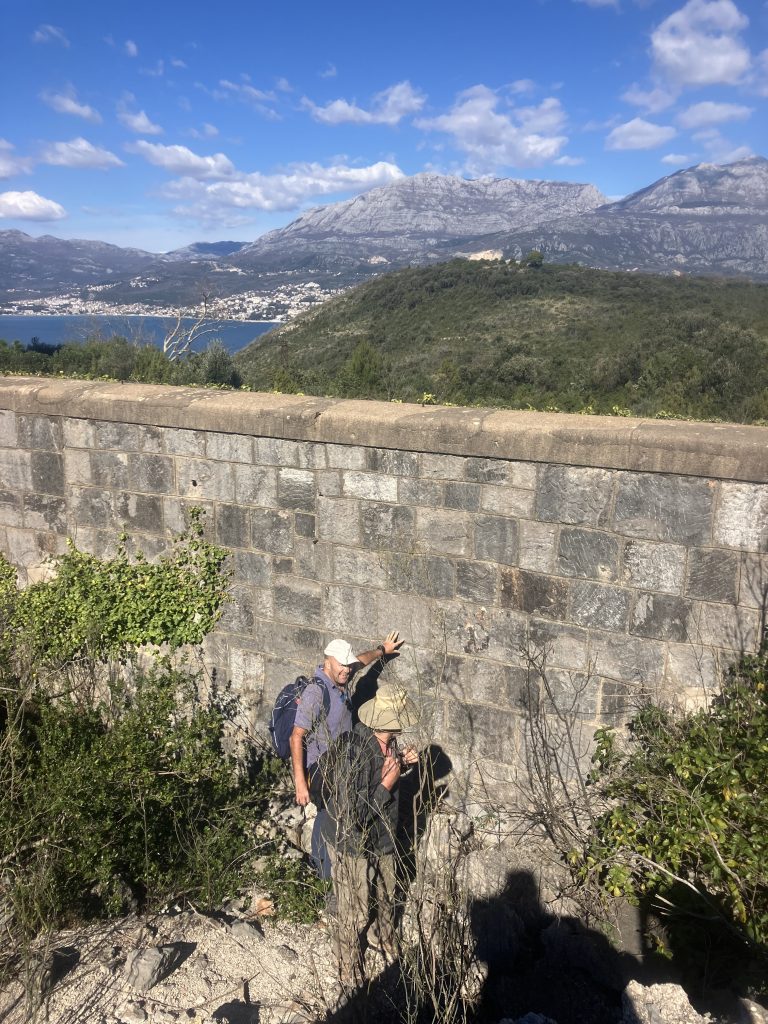
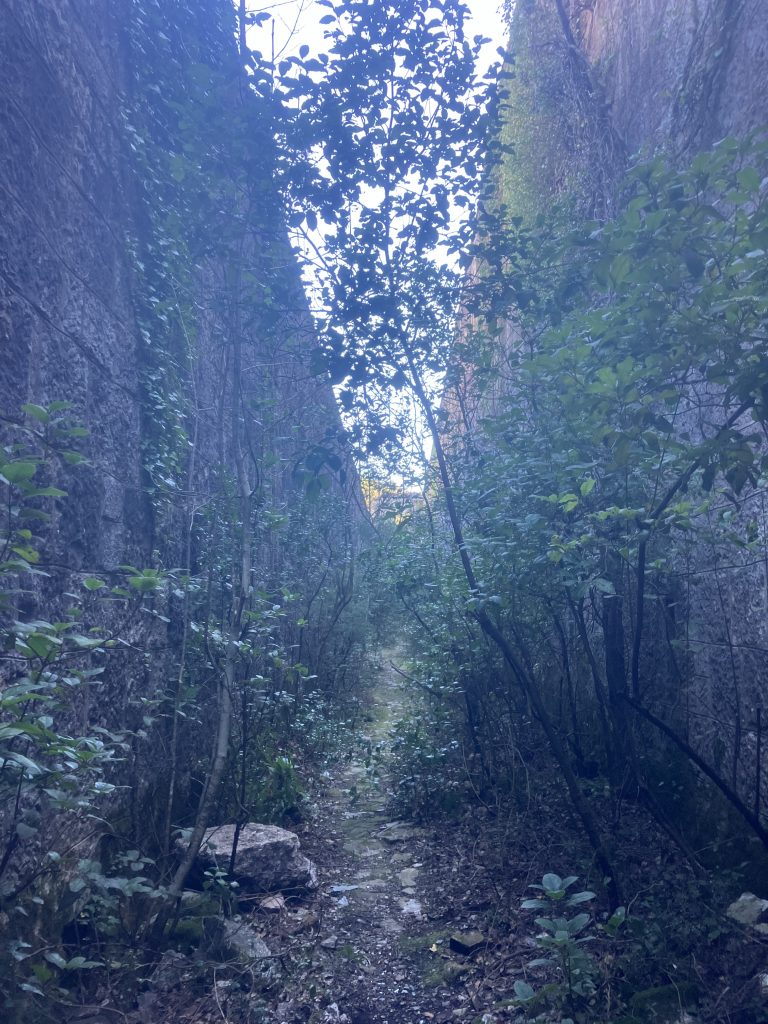
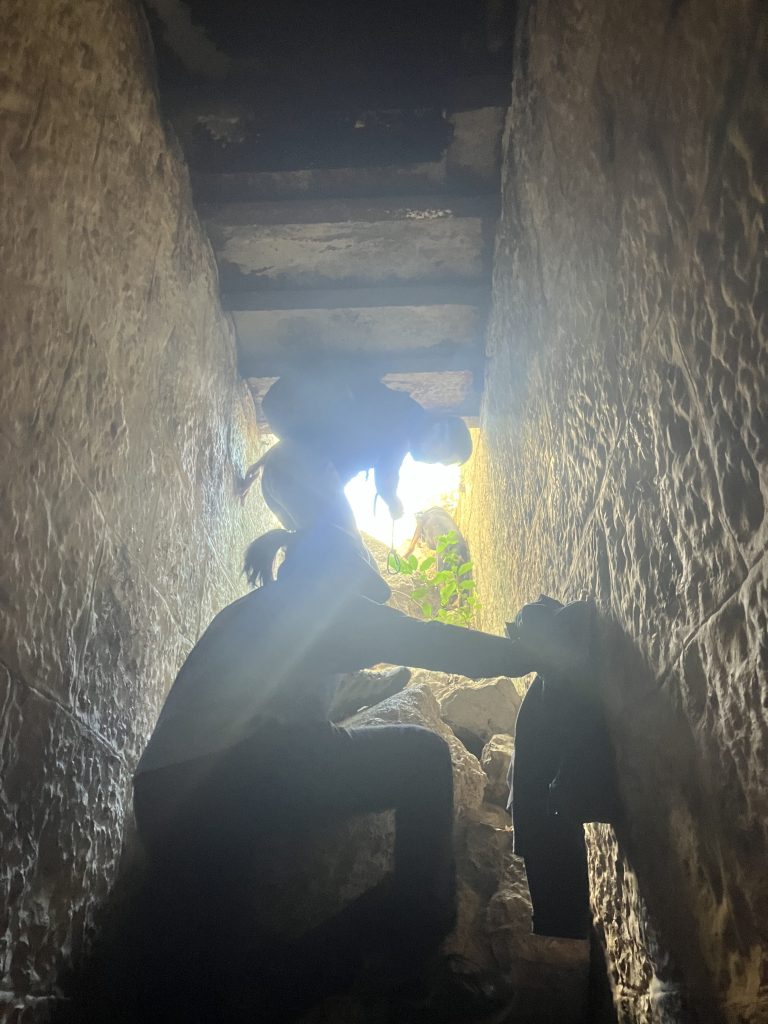
Fort Lustica was the first fortress that we visited. It was built on a hill in 1890 as a second layer of defense at the narrowest part of the entrance of the bay (first layer being the islands at the entrance to the bay). It was bombed to near oblivion in 1918 in the retreat of defeat. It’s wildly overgrown and not easy to explore, but we were determined.
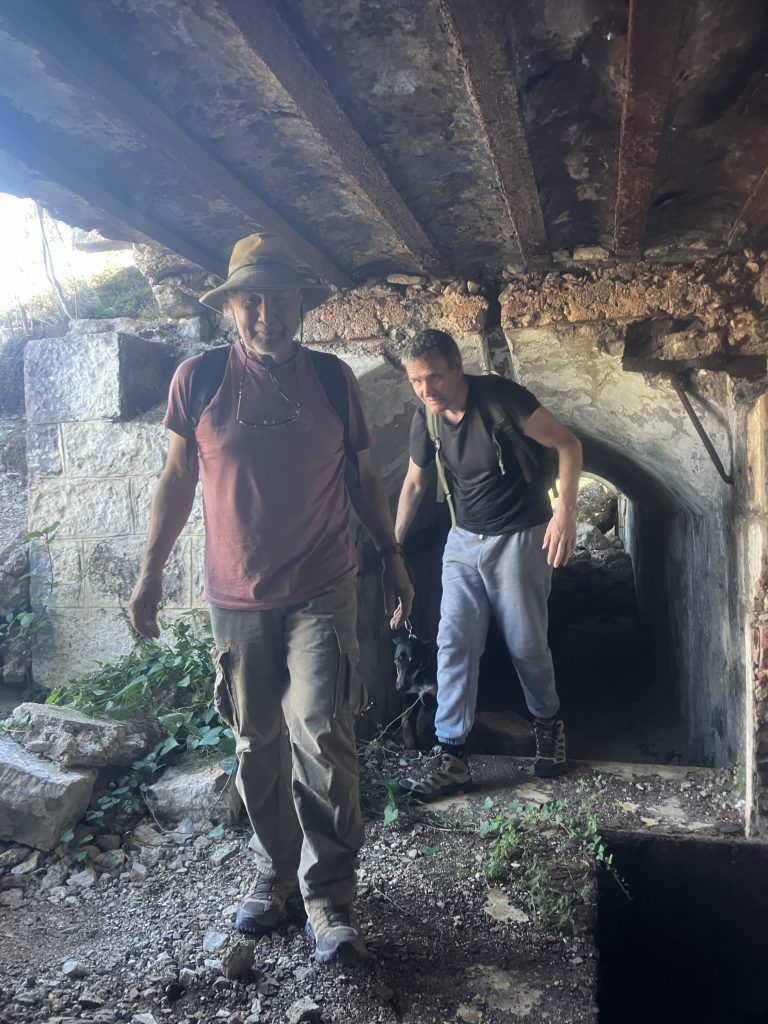
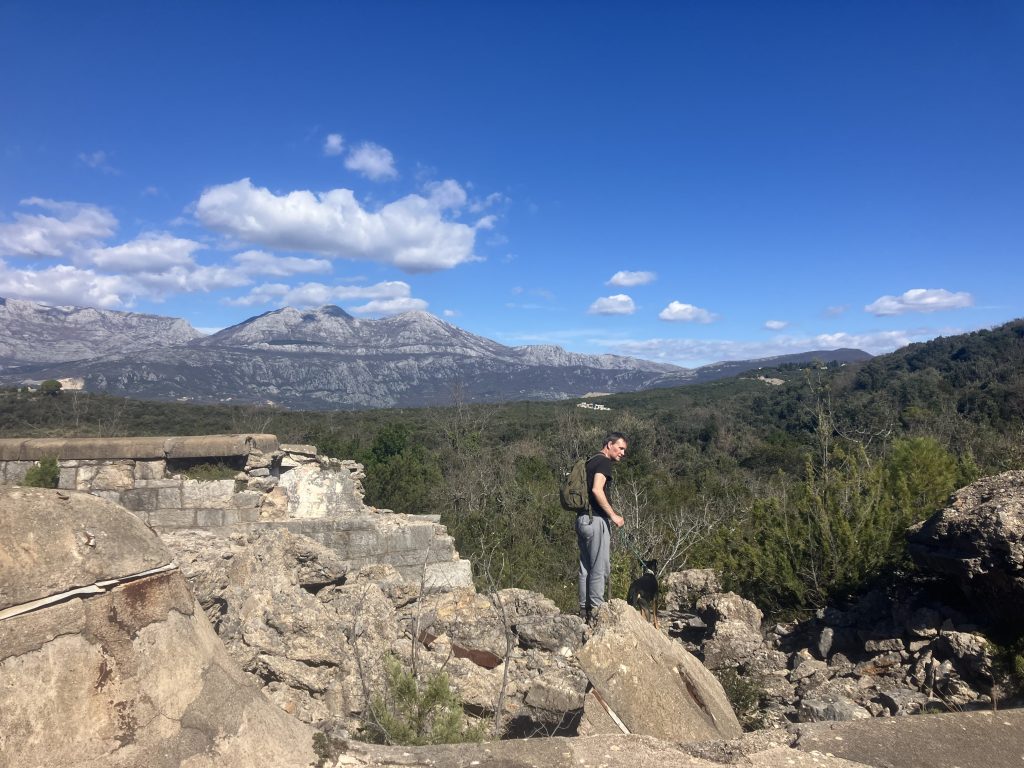
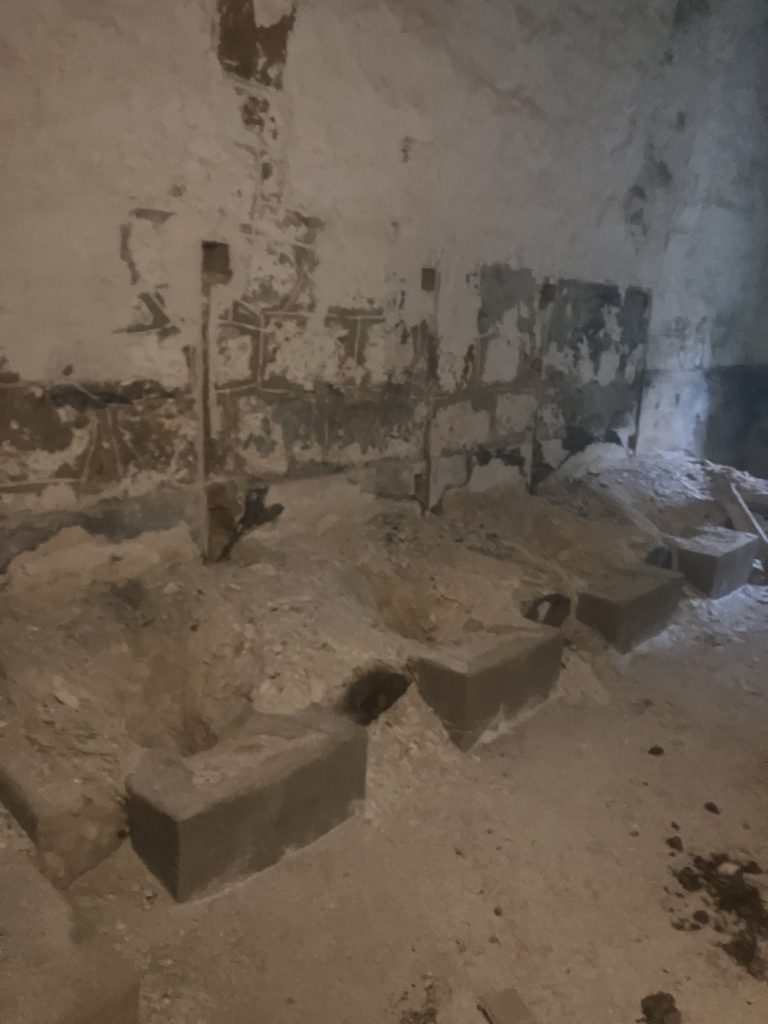
We climbed around the remnants, explored, and imagined what it might have looked like in the day. Of course the great views of the Adriatic and the mountains were a constant distraction.
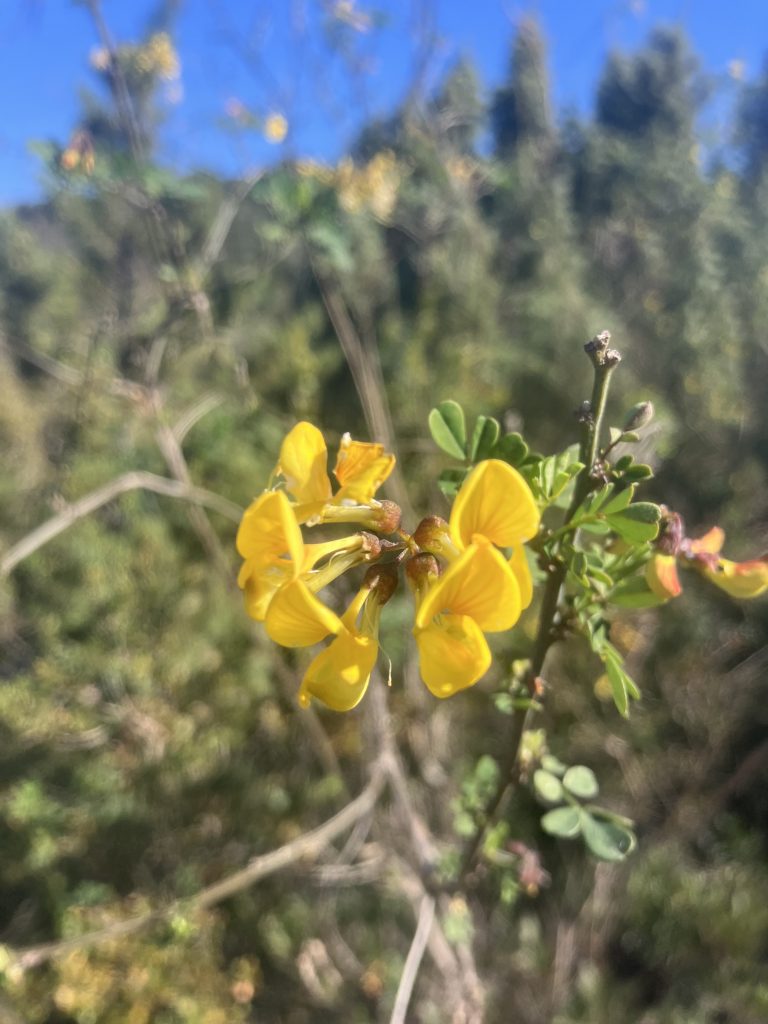
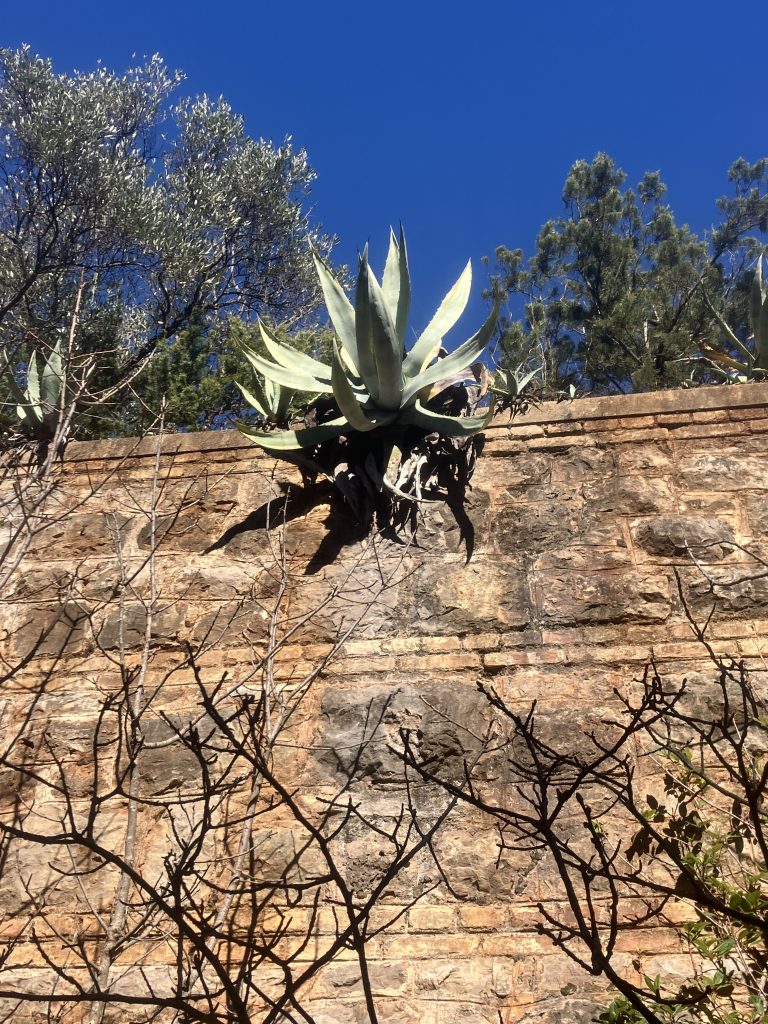
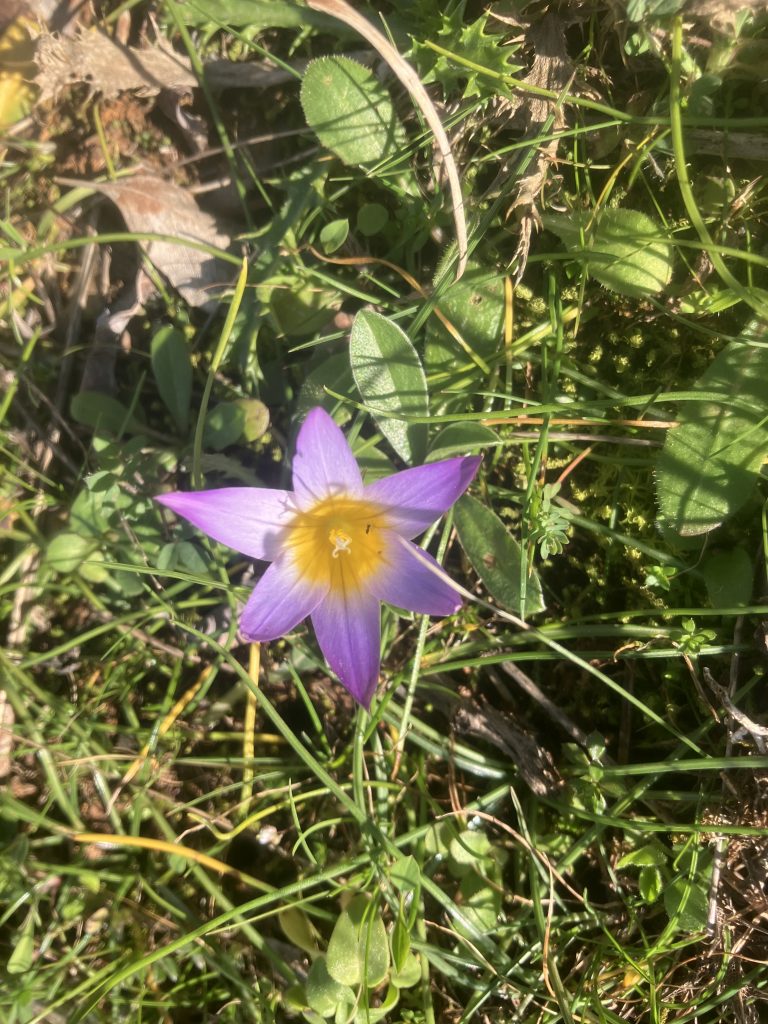
Then it was on to Fort Kamala. Only 20 minutes away by foot, this was another fort that for unknown reasons (they ran out of weaponry?) was not demolished and therefore in much better shape to explore.
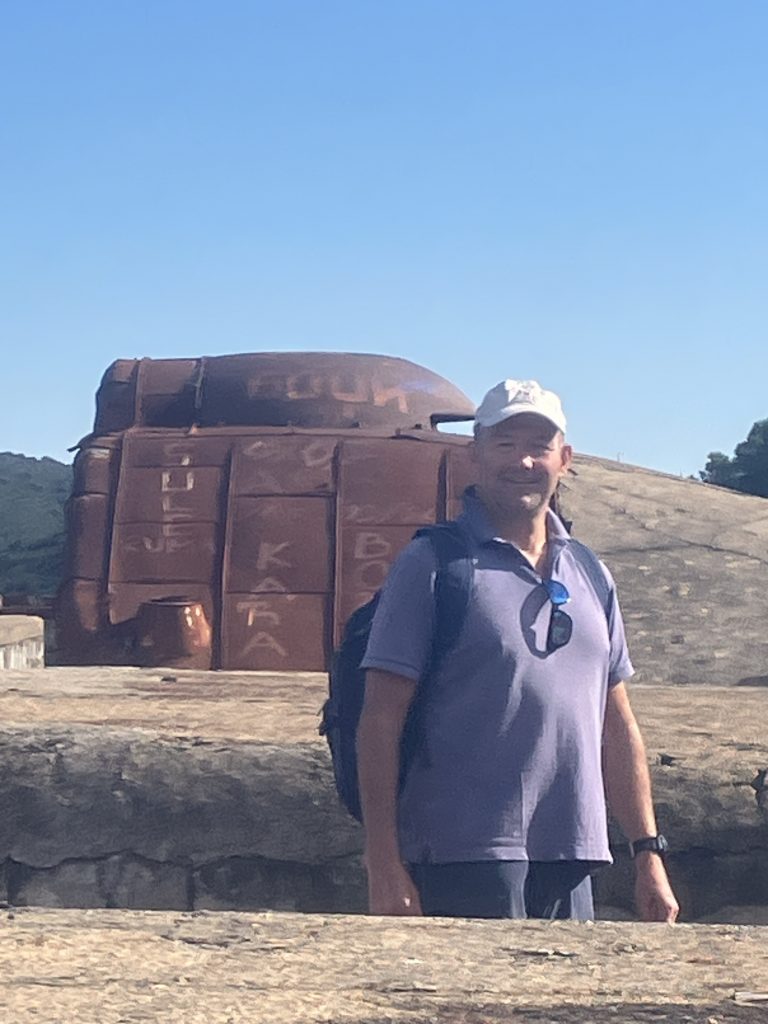
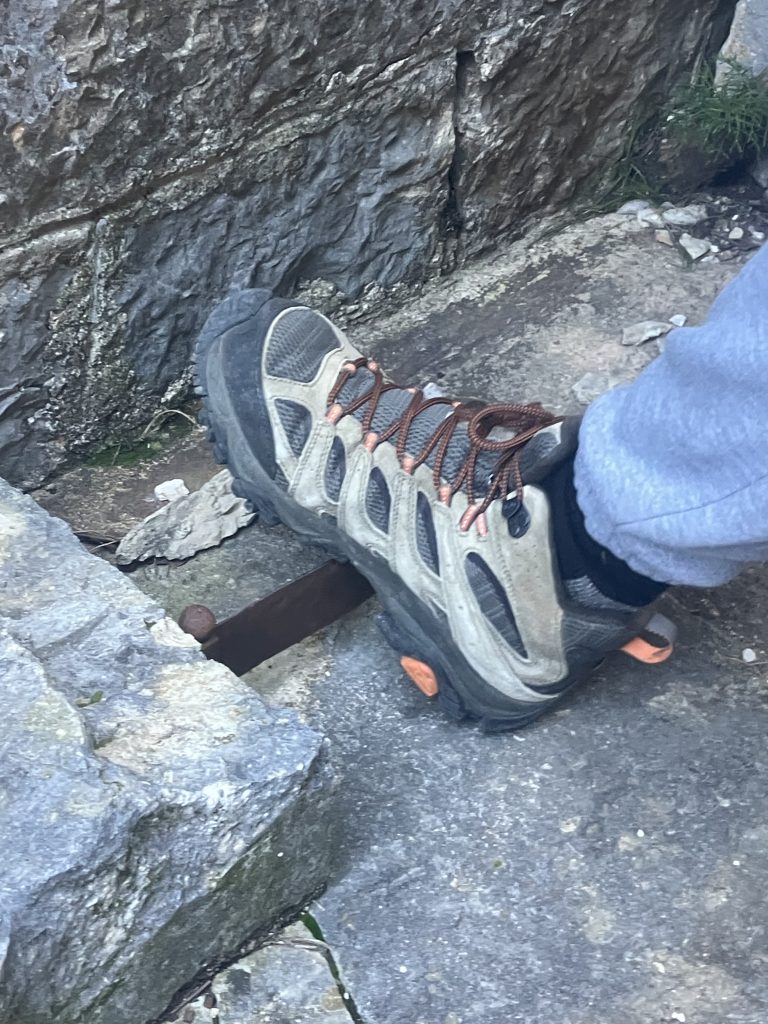
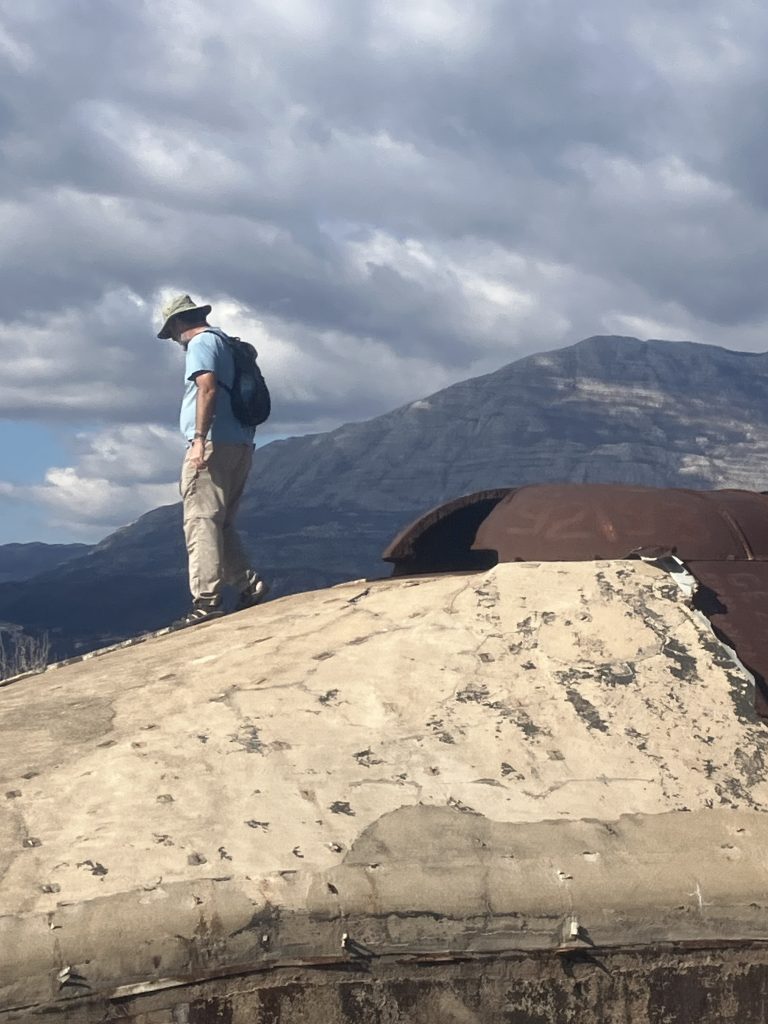
The anti-personnel ditch (think moat without water) was not as overgrown as at Lustica, the steps were safer to climb, and more was intact to explore.
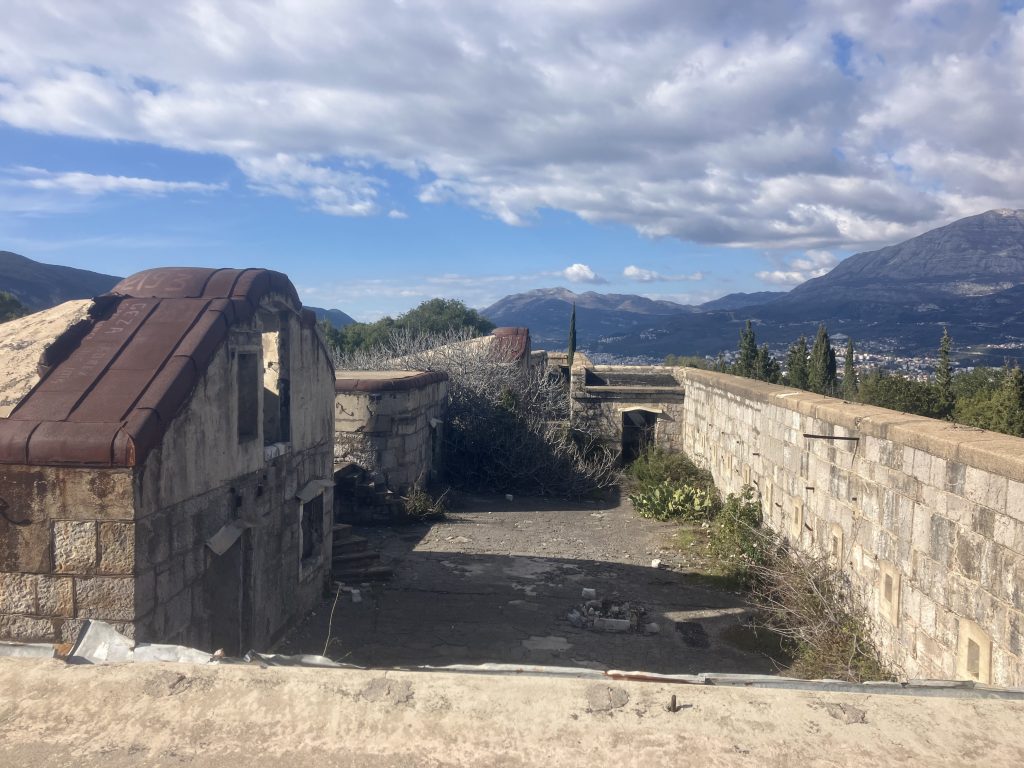
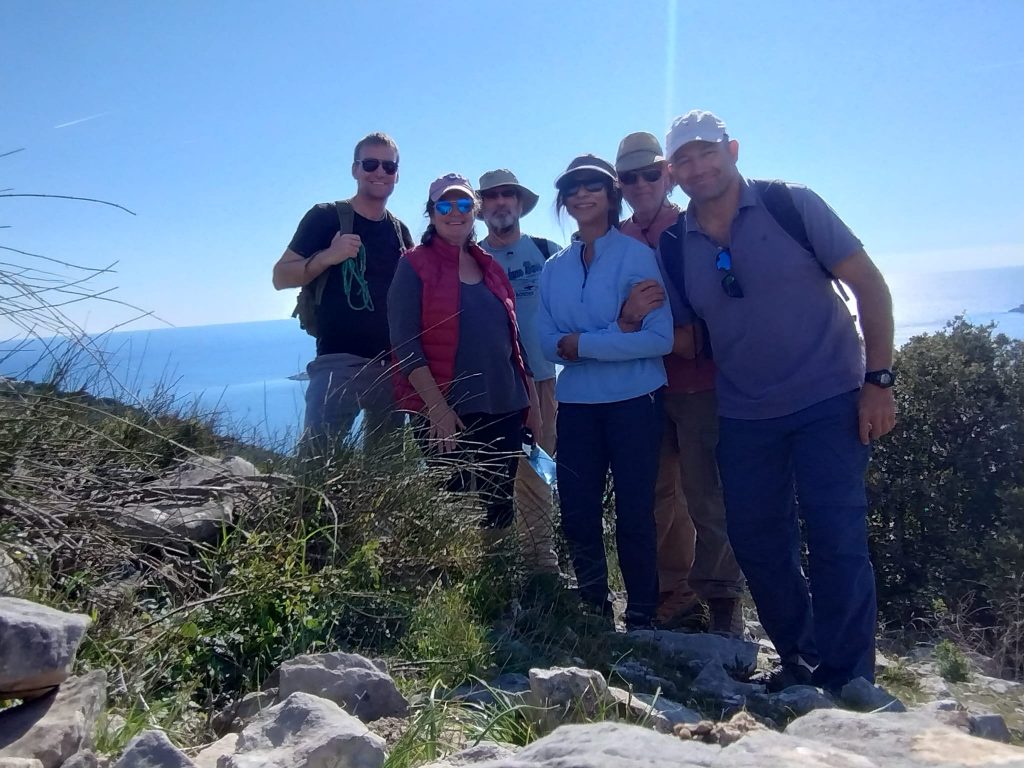
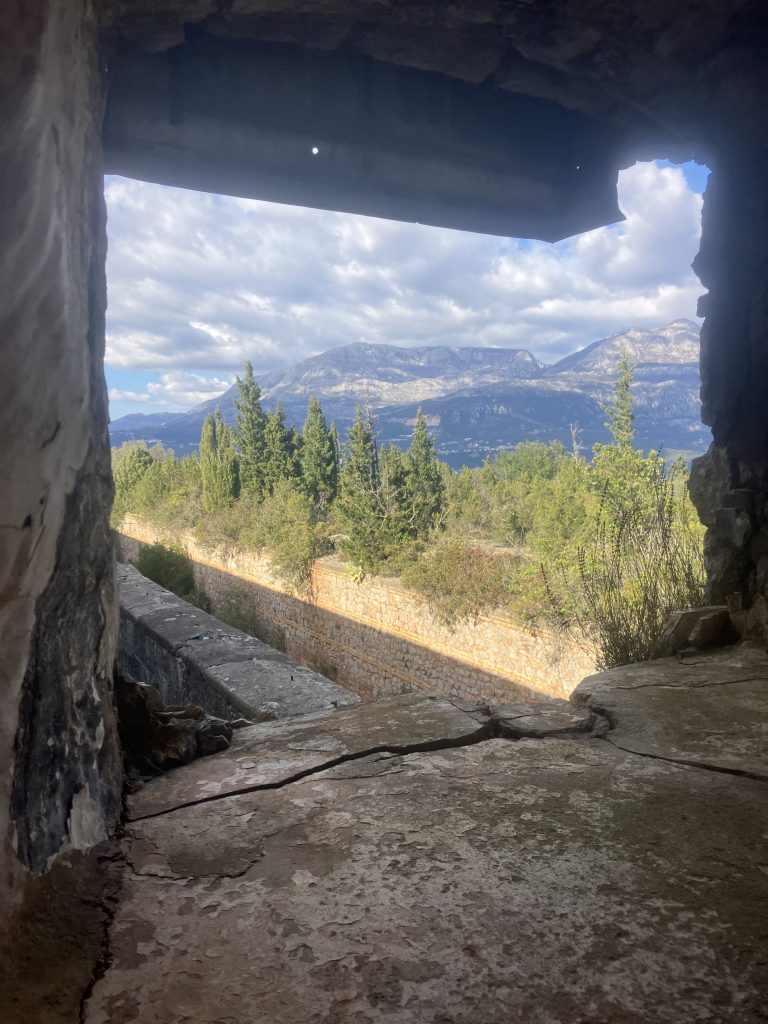
We weren’t done with are war history yet. We backtracked a bit by car to the fishing village Rose. Walking down a dirt path to the water’s edge, we came upon one of several submarine tunnels built in the 1970’s by the Yugoslavian Navy (after WWI, Montenegro and the countries around it formed the country of Yugoslavia.)
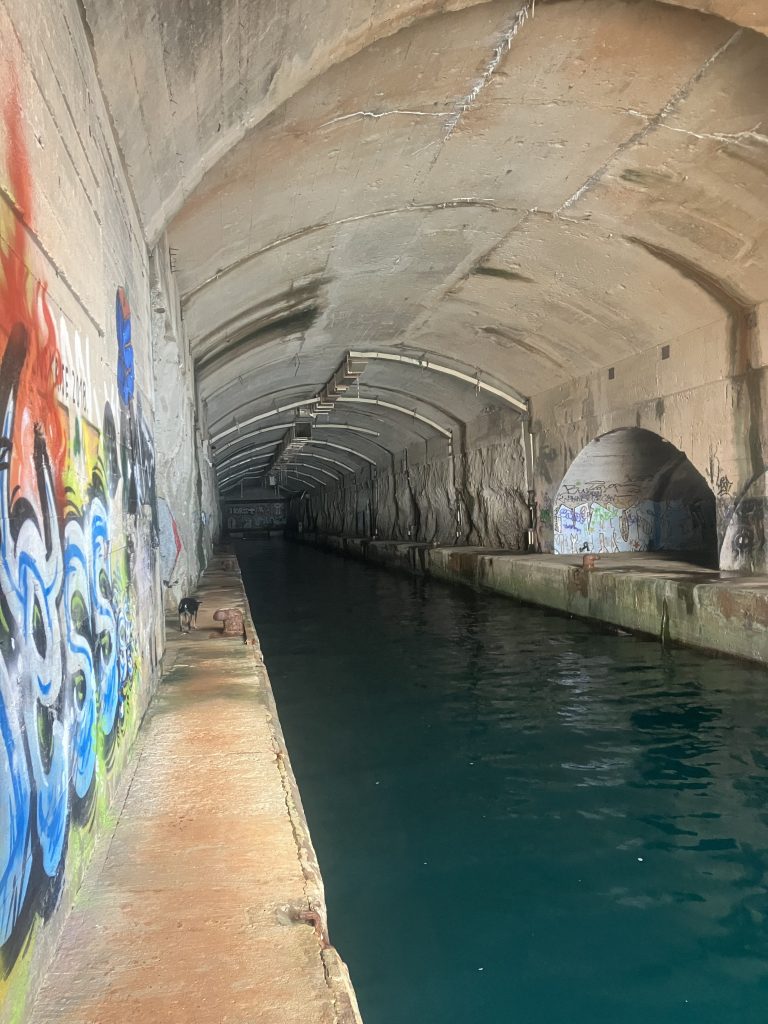
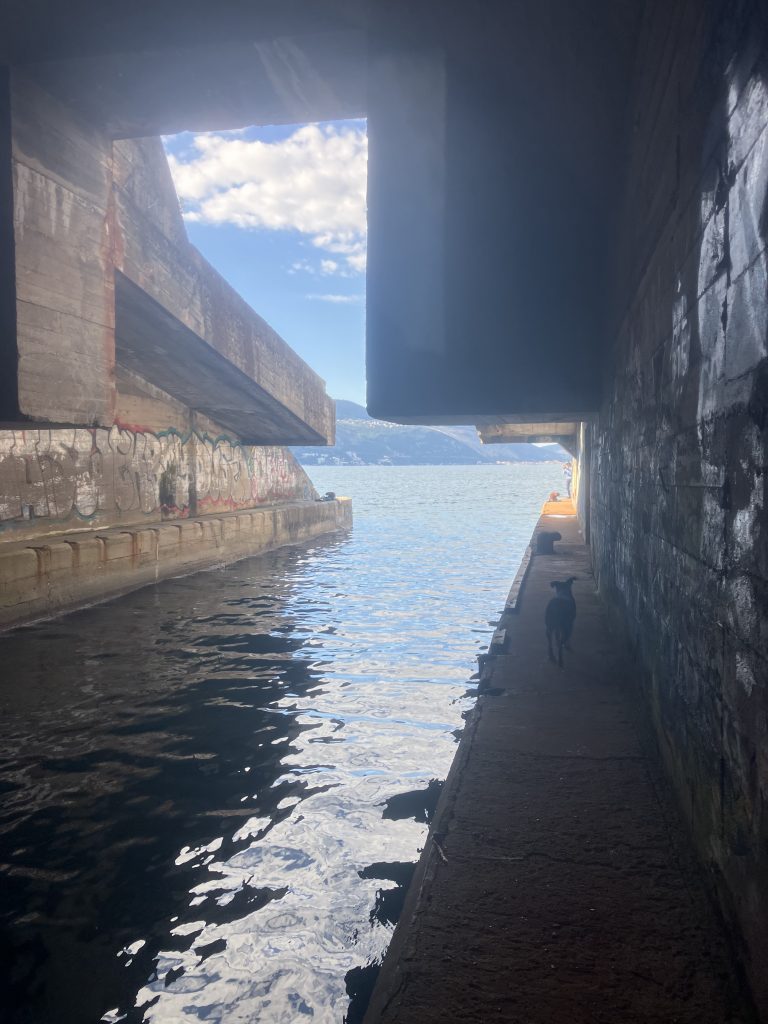
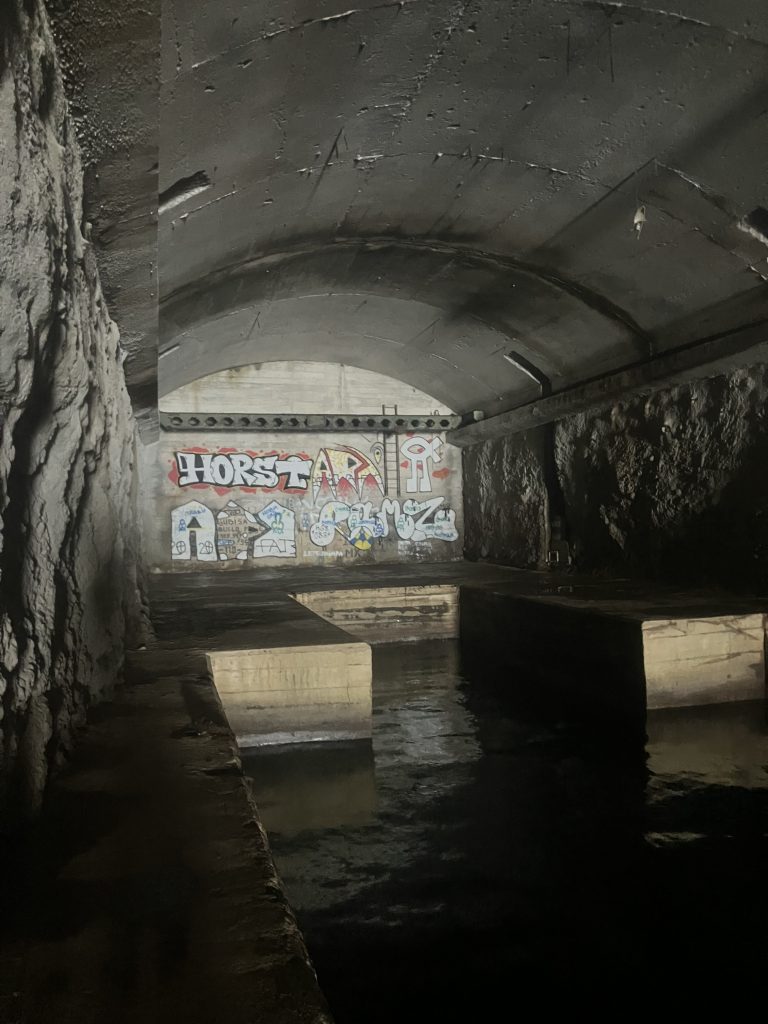
The tunnel is 100 meters long and despite needing a flashlight to mind our steps, had good visibility at the very end (plenty of light to enjoy the creative graffiti). There’s an entire network of tunnels and passages adjoining that we didn’t have time to explore.
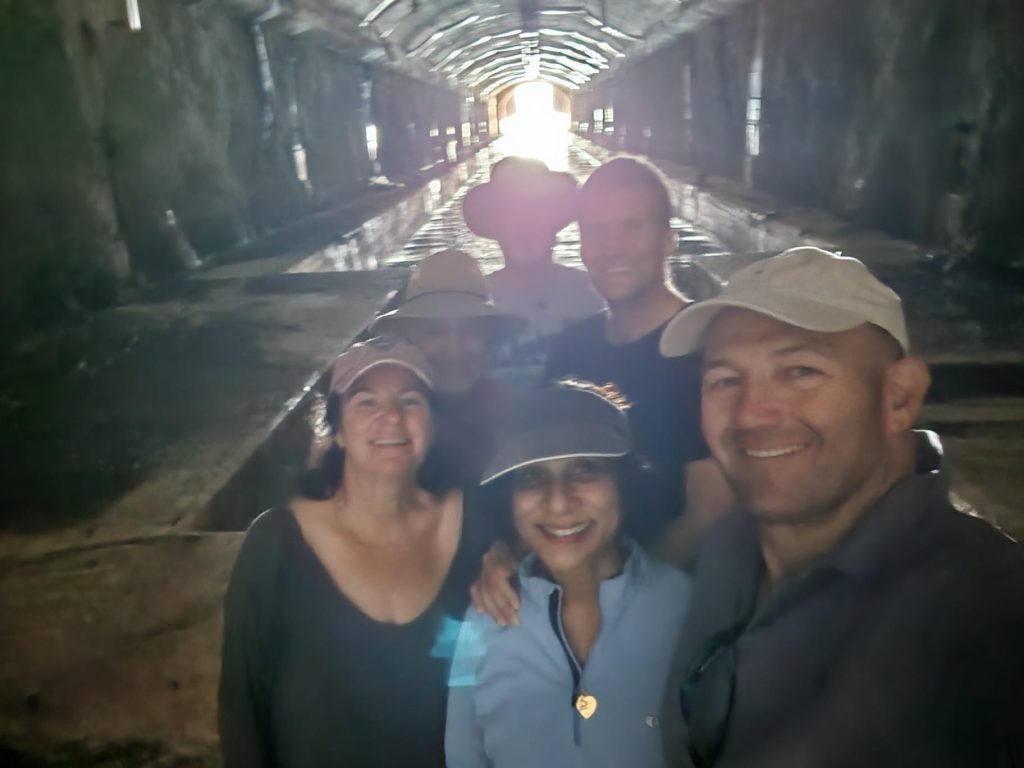
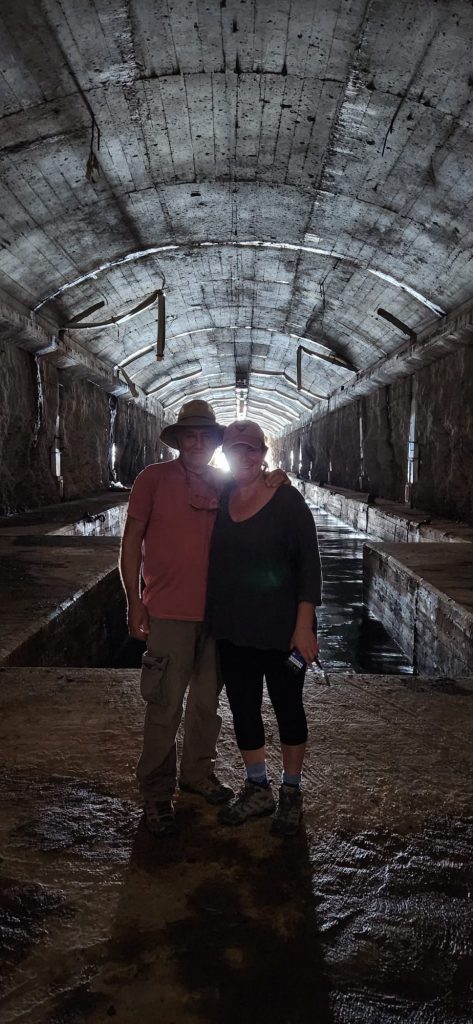
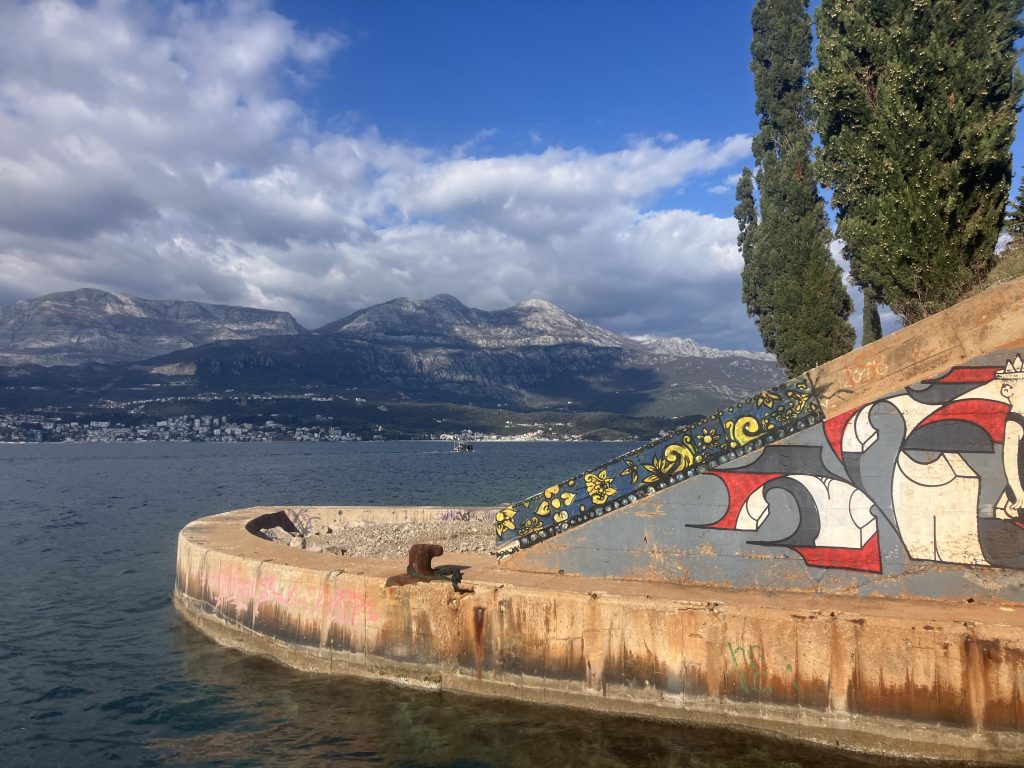
A few days later, Trip and I walked through the Naval Heritage Collection (museum) at Porto Montenegro. Unfortunately the museum is closed indefinitely, but we had a chance to wander around outside inspecting old submarines and boats that could have easily hidden out in the tunnel we explored only days earlier.
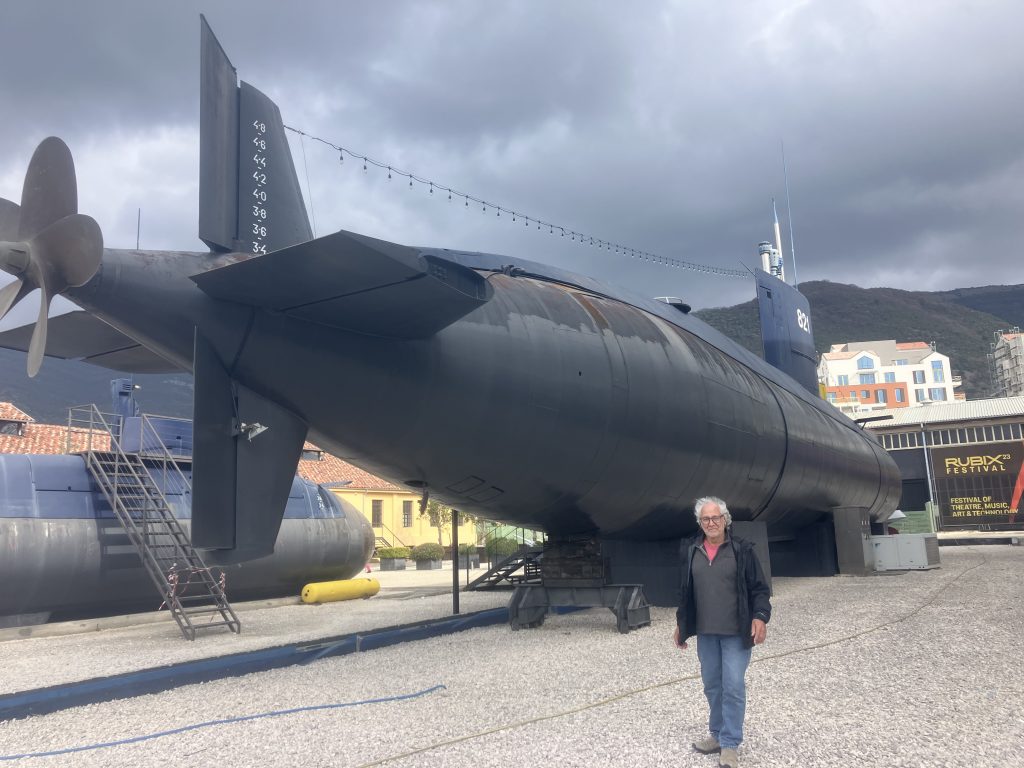
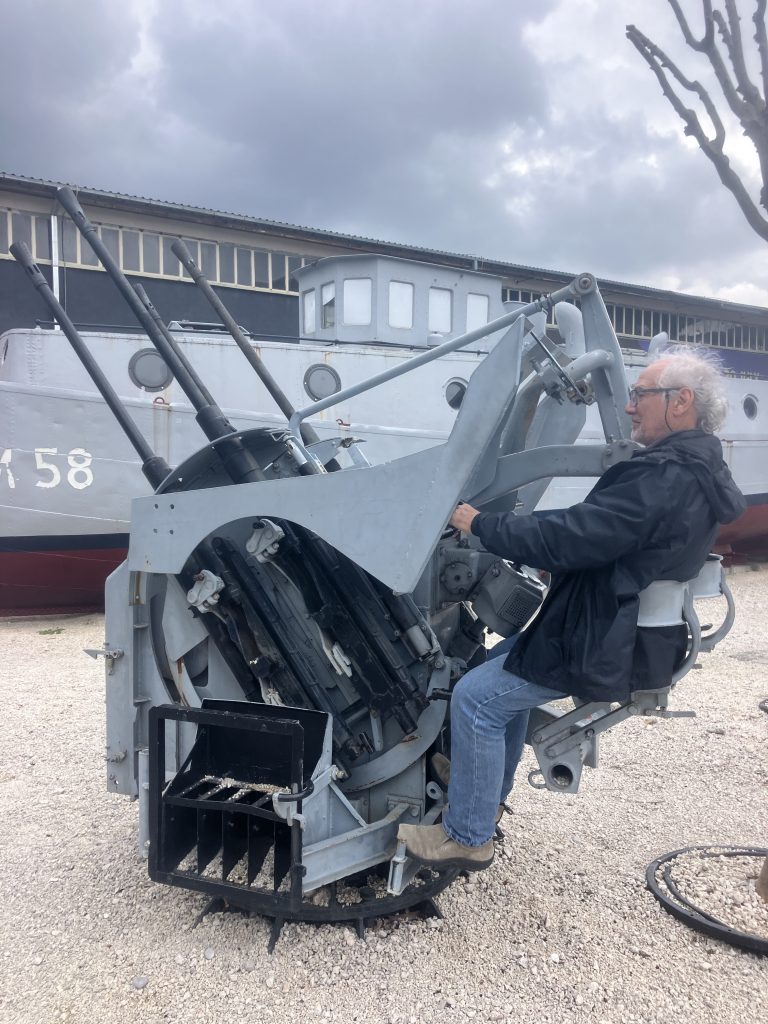
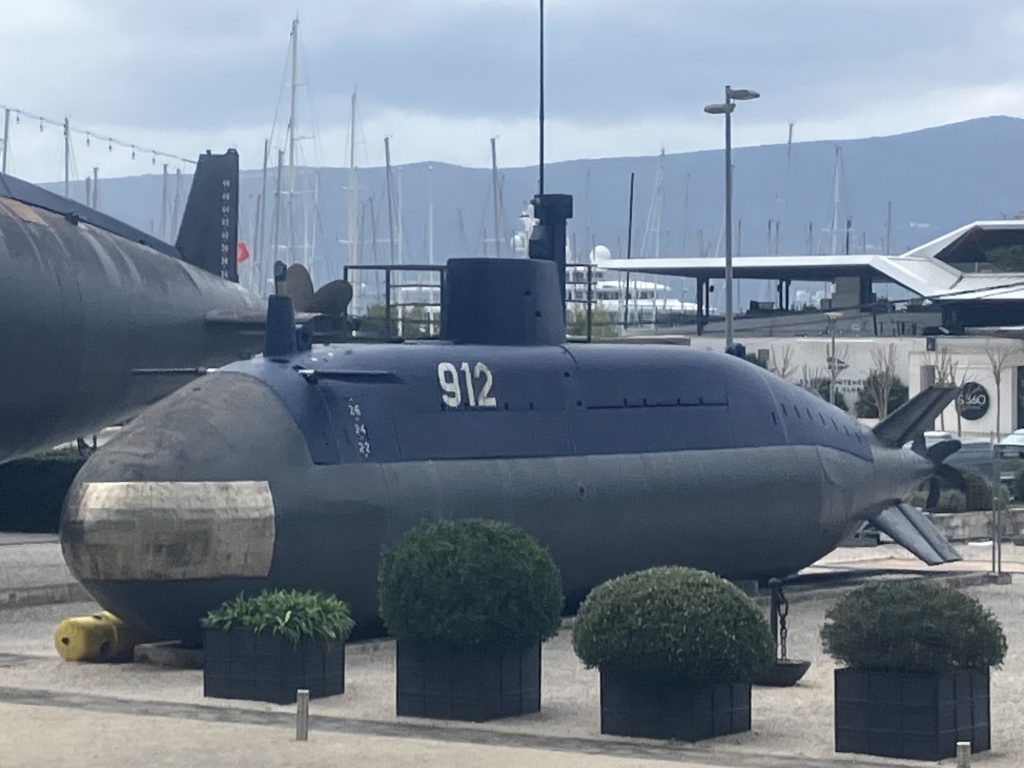

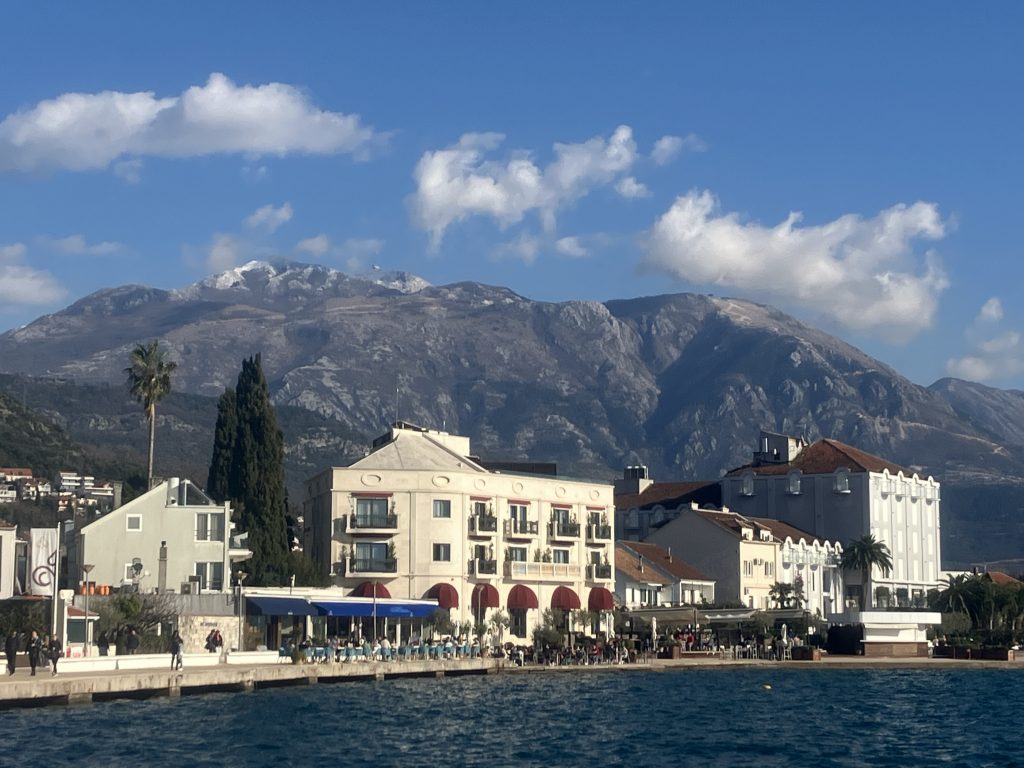

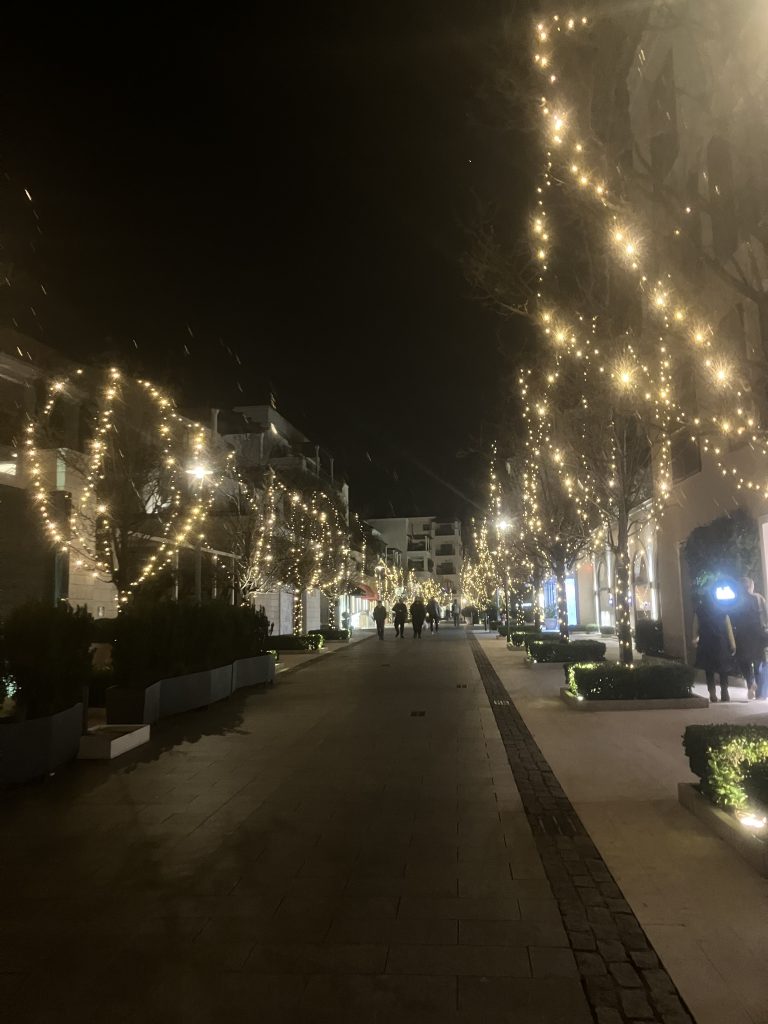
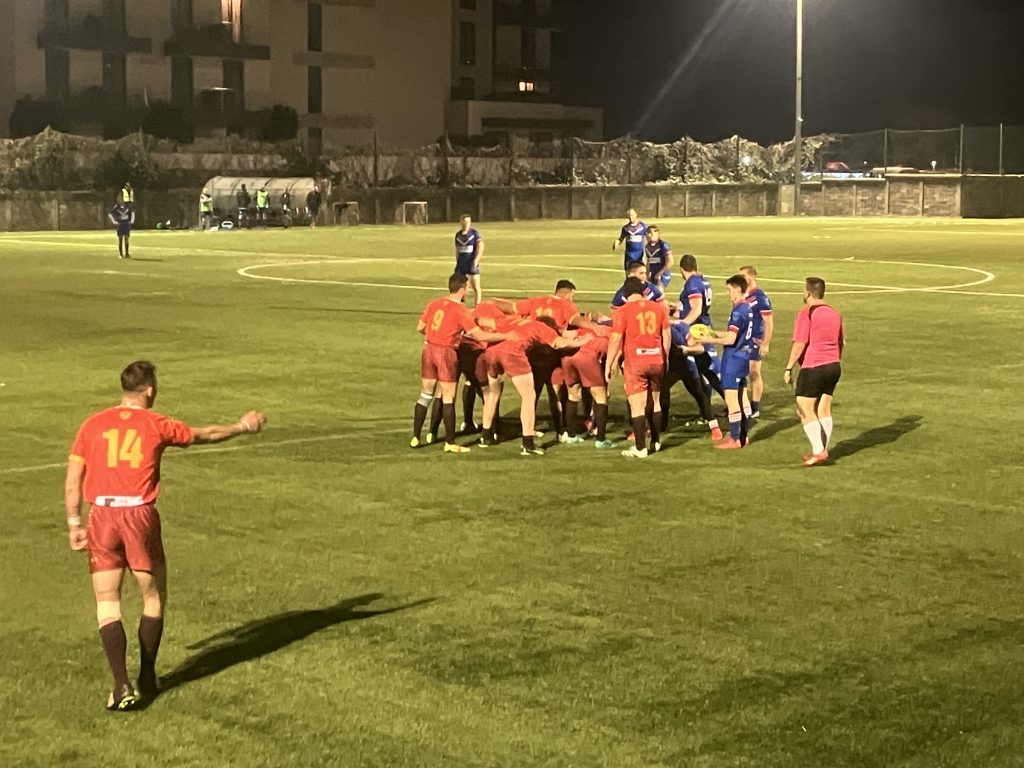
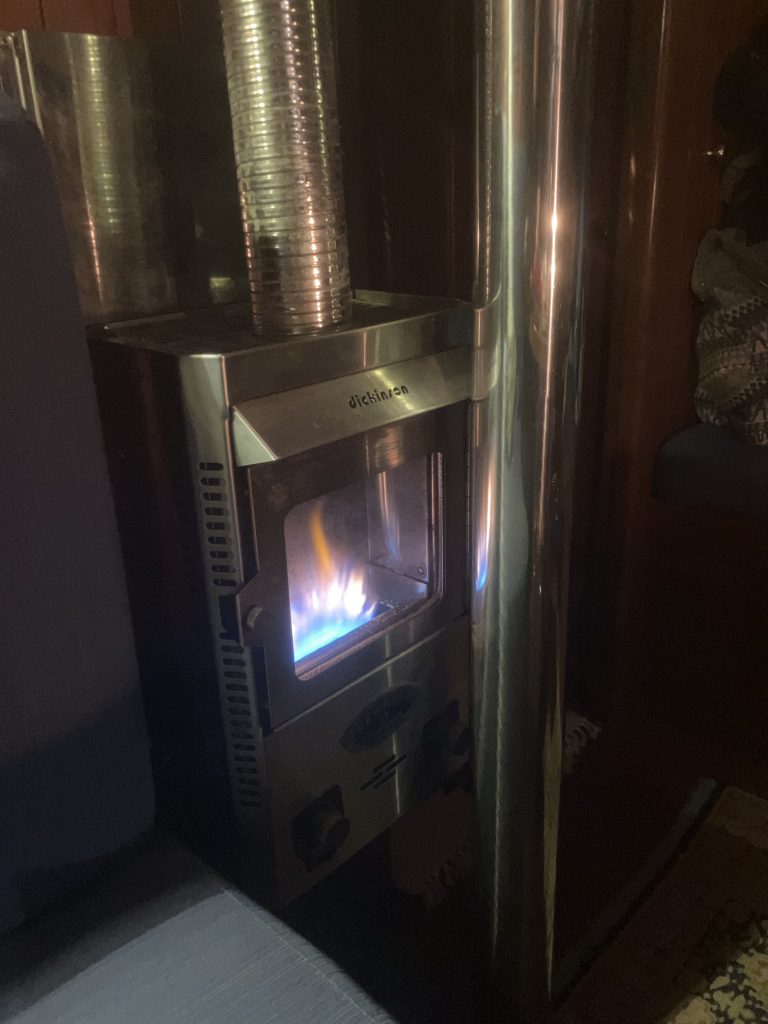
Recent Comments